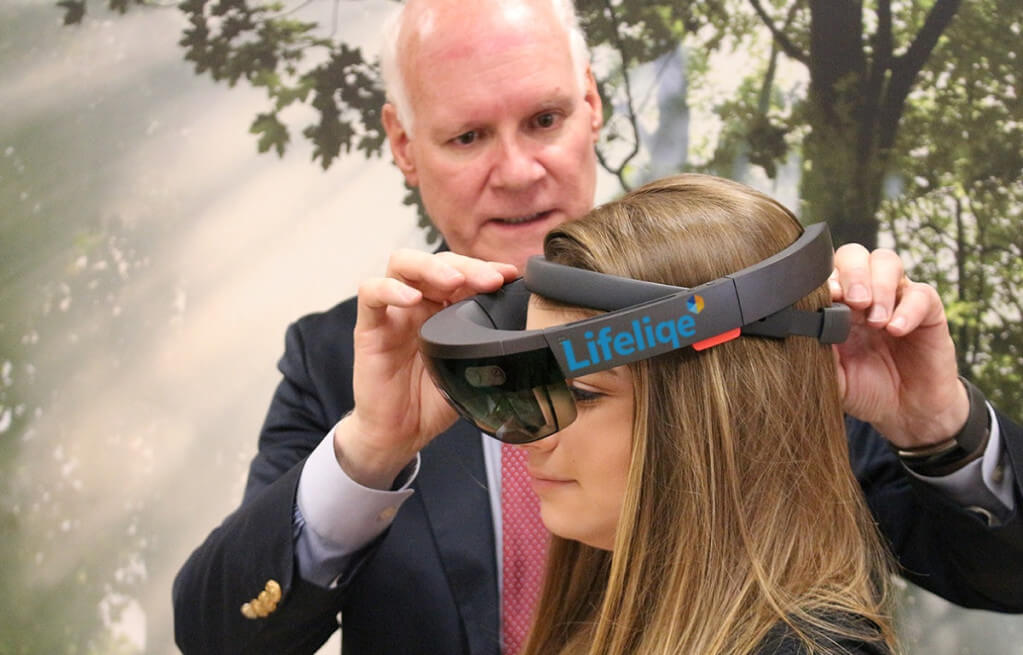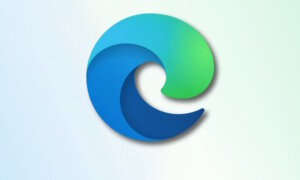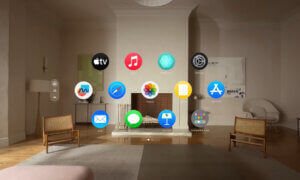Visualization is incredibly helpful when you need to explain harder-to-grasp concepts. Especially, when it’s done in 3D. School staff and students have reached these conclusions after participating in mixed reality lessons with the help of Microsoft Hololens and Lifeliqe app #realitymagic
Lifeliqe, a visual education company that makes digital curriculums using MR and AR technology, had the opportunity to test their app with middle schoolers. Students from grades six through 12 from Renton Prep in Seattle and Castro Valley Unified College in California took part in mixed reality lessons. They were helped to visualize the circulatory system and understand electronegativity using Microsoft’s Hololens headset and Lifeliqe app. The app allowed them to see objects and organs in 3D and learn through interaction. The immersive lessons made quite the impression on the staff and users.
“When using Lifeliqe’s learning experiences students were excited to dive into the blood vessel because they could visualize it, which should help their memory retention,“ said Richard Schneck, Career Specialist at Castro Valley Unified College.
The encouraging feedback convinced Lifeliqe to offer this experience to more educational institutions in the following weeks. The app contains over 1,000 3D models and more than 250 lesson plans that students and teachers could have access to. Moreover, users could create and share their own content, if they chose to. “3D and mixed reality has amazing potential to improve learning comprehension, and we are excited to explore its possibilities in the classroom”, said Lorraine Bardeen, General Manager of Microsoft HoloLens and Windows Experiences.
Before partnering up with Microsoft, Lifeliqe worked with HTC Vive to put the base of a VR museum app.
Follow TechTheLead on Google News to get the news first.





















